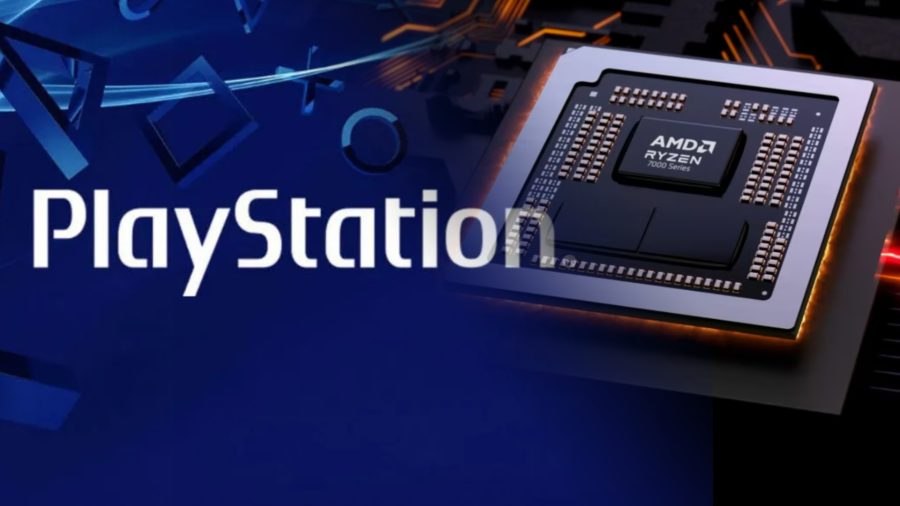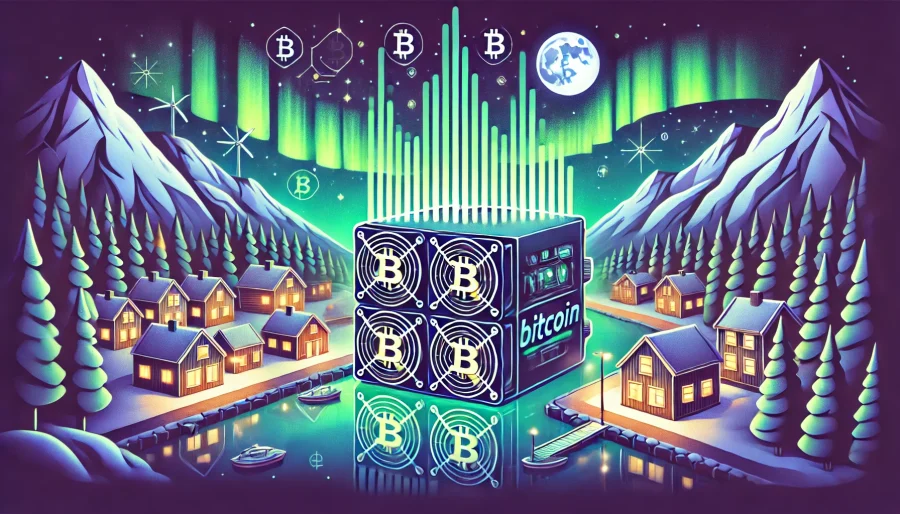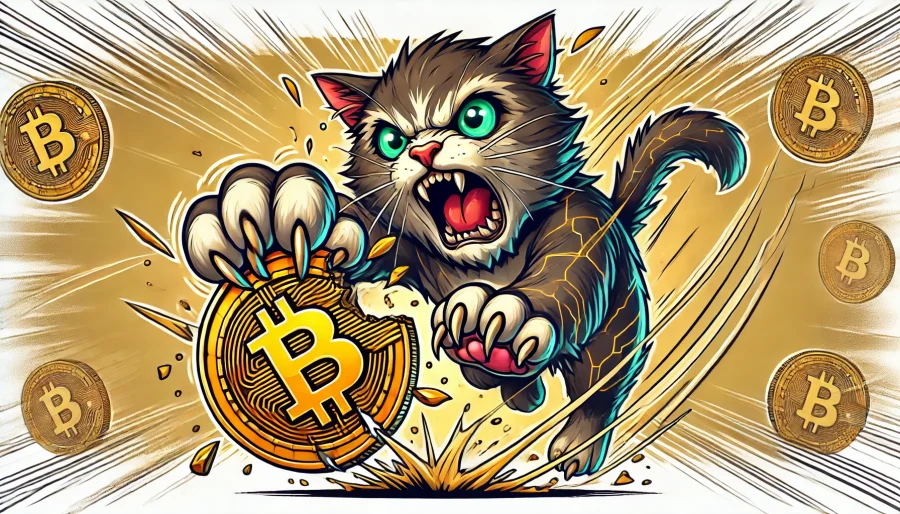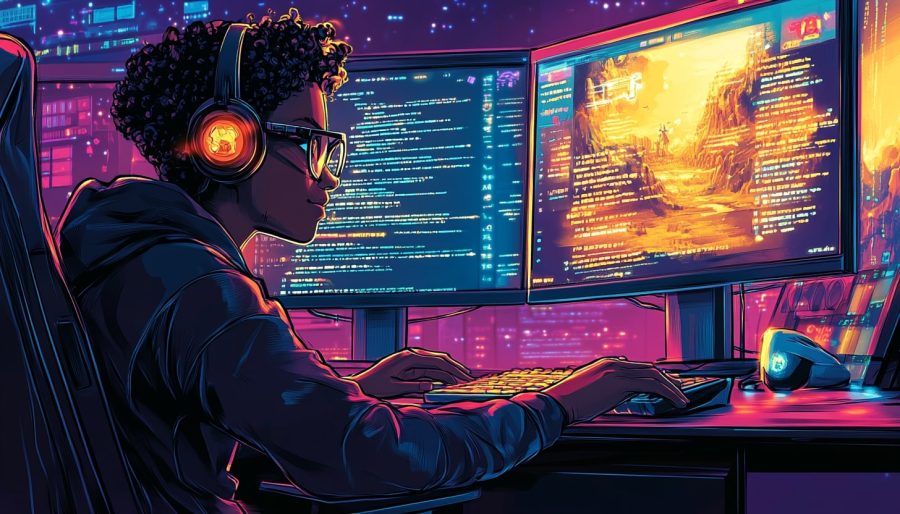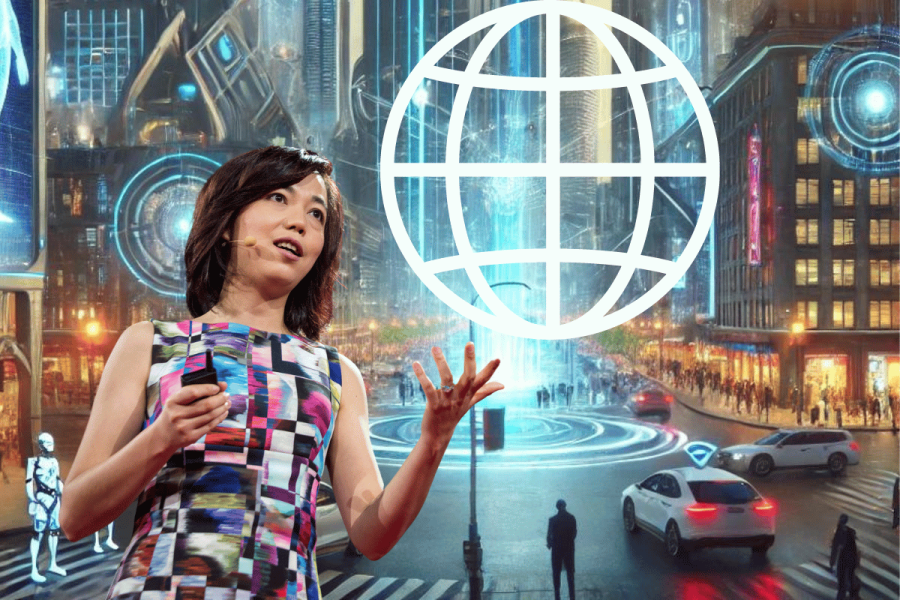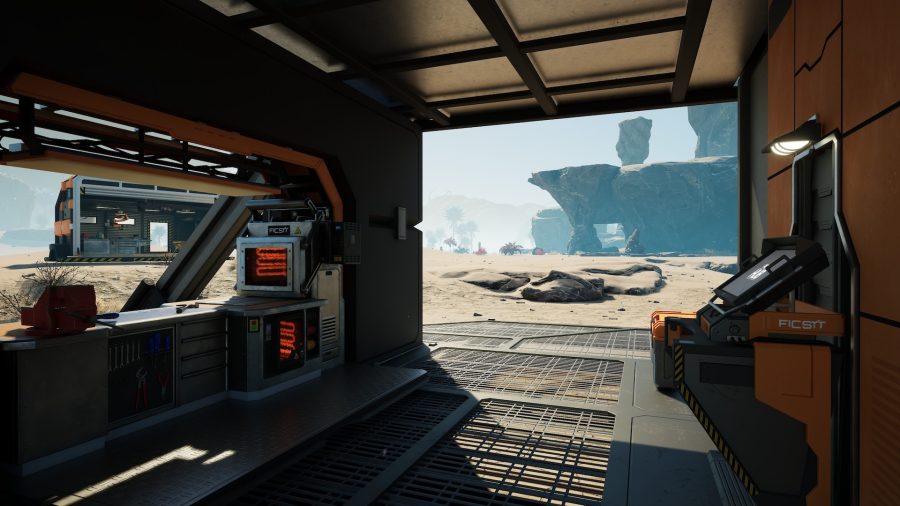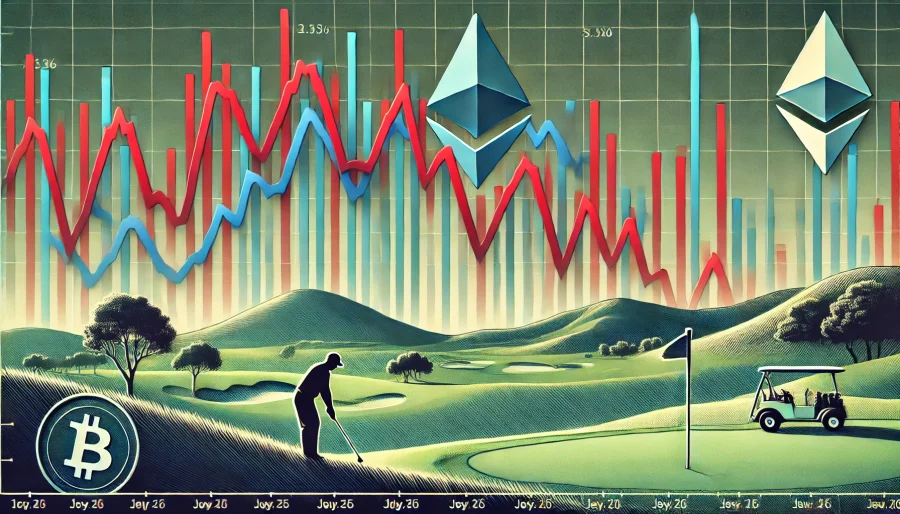The second episode of Pachinko Season 2, titled “Chapter Ten,” is undoubtedly one of the most moving hours of TV you’ll see all year.
Co-written by Pachinko showrunner Soo Hugh, Christina Yoon, and Melissa Park, “Chapter Ten” marks the return of Sunja’s (Minha Kim) husband Isak (Steve Sanghyun Noh), who’s been in jail since the end of Season 1. Now deathly ill, Isak only has a few hours left to say goodbye to Sunja and his sons Noa (Kang Hoon Kim) and Mozasu (Eunseong Kwon). During that time, he shares some parting wisdom with his family about moving on and forgiving those who have wronged them. In Pachinko‘s 1989 timeline, Sunja and Isak’s grandson Solomon (Jin Ha) is willing to do neither of those things. As he works to destroy the businessmen who ended his career, he visits the Korean land owner (Hye Jin Park) he sought to do business with in Season 1, where he finds some unexpected leverage for his fight moving forward.
To dive deeper into this extraordinary episode, Mashable spoke with Soo Hugh about crafting the perfect goodbye for Isak, how reactions to his death speak to Solomon’s current storyline, and the key parallel to Season 1 that proves how far Sunja and Isak have come.
The following interview has been edited and condensed for clarity.
Credit: AppleTV+
Mashable: This episode is full of individual moments between Isak and his family as they’re all saying goodbye in different ways. It feels like he’s teaching them how to go on without him. Which of these conversations resonated most with you?
Soo Hugh, showrunner, writer, and executive producer of Pachinko: My favorite was the scene where Isak is sitting with Noa and Mozasu and he says, “I am your father, and you are my sons.” I would just cry every time I heard that, because it’s obvious he’s speaking on a double level. He know he’s not Noa’s father, and he has no idea if his son will ever discover the truth, but he’s telling Noa in that moment, “I am your father. No matter what you hear or what you learn, I will always be your father.”
We get another interesting scene involving Noa and Isak, when Isak reveals it was Pastor Hu who turned him in. What does that revelation mean to Noa in that moment?
Can you imagine, if you’re that boy and you find out that the person you looked to as a father figure while your father was gone was the person who put your father away, how devastating that must be?
You’ll start to see the beginnings of a new Noa.
– Soo Hugh
After that, you’ll start to see the beginnings of a new Noa, the Noa that’s going to start realizing that he will succeed at all costs. Before episode 2, he said he wanted to stay and be a pastor. But after Isak’s death, he makes the decision that, “No, I’m going to go to Waseda. I’m going to succeed.” That starts to set up Solomon’s arc, too. There’s a lot of mirroring between Solomon and Noa that we intentionally did. You see the same cycles working themselves in these generations.
Tell me about Solomon’s storyline this episode, where he returns to the Korean landowner’s house and learns about the bones under her land, and how it speaks to Isak’s death.
One of the things that we talk about on Pachinko, and Sunja says it later on, is that you can’t ever forget the past. The past is always living with them. In the present day, when Solomon hears about the bones under the landowner’s property, those bones are from the period that we’re watching in the past storylines. So you feel like history itself is the bones of our show.
The stories of what happened amongst our mothers and grandmothers and grandfathers are the bones that we’re excavating in this show.
– Soo Hugh
We have a saying in our show: The stories of what happened amongst our mothers and grandmothers and grandfathers are the bones that we’re excavating in this show.
Credit: Apple TV+
Speaking of the buried bones, this episode feels like it takes inspiration from some horror elements. I’m thinking about the flashes of the bicycle courier at the very start of the episode.
I love that you picked up on that. We always said that from the opening shot of this episode with the boys playing war, that this should play like a horror film, and we’re watching the boogeyman come back. In some ways, Isak’s the boogeyman when he first bursts in, but then we subvert that.
‘Pachinko’ Season 2 trailer teases more sweeping family drama — with the help of BLACKPINK’s Rosé
The stories in both timelines in this episode take place over a day and a night, so they feel really contained. What does a time constraint like that offer this episode in particular?
To me, it really makes it feel so intimate, right? In Pachinko, we span so much time and so many different time periods, and we make time jumps. But to be able to say, for this one episode, we’re going to use a microscope and really get down into it, it just felt like such a pleasure to be able to change rhythms. But also in an episode that has such a profound, emotional scene like Isak’s death, I can’t imagine shortchanging that and not giving it its time.
That final scene between Sunja and Isak is clearly a defining moment for the show. As you and your co-writers Christina Yoon and Melissa Park approached this episode, what were some of the big challenges you anticipated facing?
That scene is deceptively hard. We know it’s going to be a sad scene, right? The question is, “How sad do you want it to be? And when do you want it to be sad?” Because if you start off so heavy in that final goodbye scene, where does the scene go? It was a challenge to write, and then it was a challenge for us to edit in the edit room, because our initial instinct was, “Come on, let’s milk it. Let’s make this as sad as possible.” And it just didn’t feel quite right when you did it that way. It didn’t feel like our show, so we actually pulled back. If you look, there’s actually very few tears that are shed.
Composition-wise, those last moments between Sunja and Isak mirror a key scene from Season 1, episode 5, when they’re first intimate with each other. Why did you choose to echo that scene in particular?
We knew this scene had to mirror the first time Sunja and Isak made love. It establishes a cycle, right? Our beginning is our ending, which is bringing everything back into closing the loop here.
You realize just how much that love has really, really grown between them over the years.
– Soo Hugh
I love that moment in Season 1, when it’s the first time they really connect. They’re married, and they’re strangers. They don’t know one another. You just see the terror as they’re looking into each other’s eyes, and then you see the love, the first glimpse of love start to bloom between them. Then when you cut to this scene in Season 2 with the cameras in the same place and at the same angles, you realize just how much that love has really, really grown between them over the years.
Pachinko Season 2 is now streaming, with a new episode every Friday.












